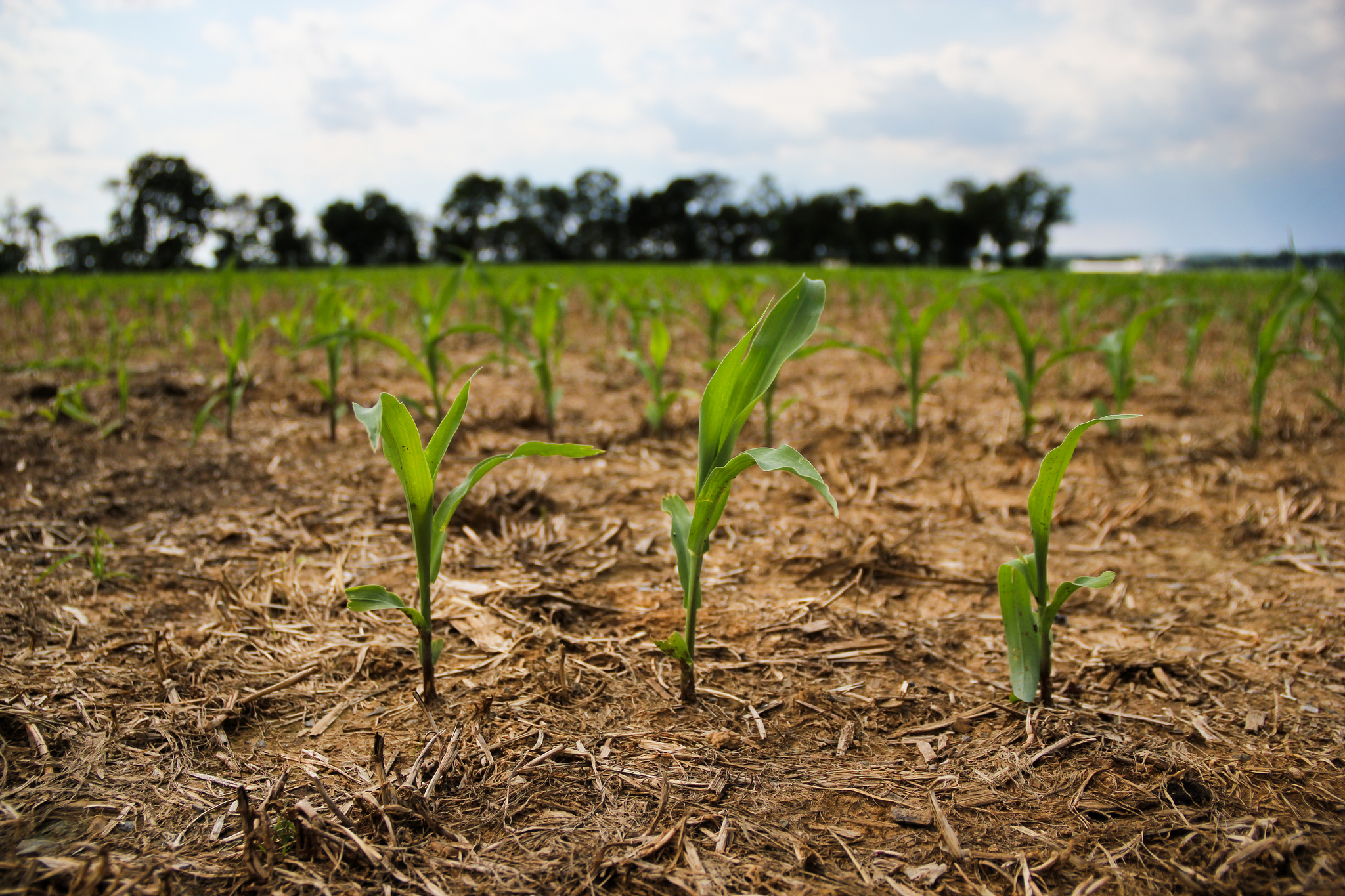Soil Sequestration
Author: Michelle Leslie
Dirt.
It’s a major building block of life on Earth and it’s found under our feet. Now, with the world gearing up its fight against climate change, dirt is taking on even more importance, because three-quarters of the world’s carbon is stored in soil.
According to the International Panel on Climate Change (IPCC), CO2 emissions rose almost 20 percent between 1995-2005. The increase of CO2 in the atmosphere leads to a condition known as radiative forcing (RF), and its effects are becoming more pronounced, as global temperatures rise and the climate changes rapidly.
Unfortunately, current industrial agricultural practices are accelerating this damage, stripping carbon from our soil and releasing it into the atmosphere .
According to World Resources Institute, in 2011, farms accounted for 13% of total global emissions. That startling statistic means more attention is being paid to the long-term storage or sequestration of carbon in soils, as this can play a critical role in stabilizing global temperatures.
Photosynthesis is the process by which plants take in sunlight, water and carbon from the atmosphere and turn it into energy in the form of oxygen. Increasing the amount of greenery is like sticking a vacuum cleaner into the atmosphere and sucking out the carbon. Plants are nature’s vacuum cleaner. The more of them that grow, the more carbon is sucked out of the atmosphere and drawn back into the dirt. And even when the plant dies and decomposes, most of that carbon stays out of the atmosphere. Instead, it is added to the soil.

